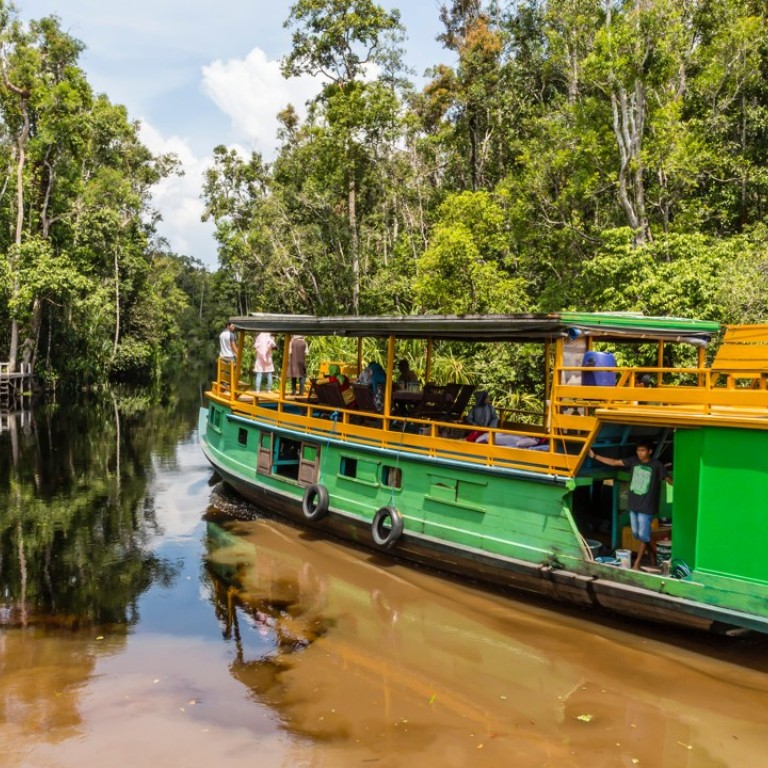
Five of the best Borneo river trips to see its nature and wildlife up close – from rainforest cruises to tribal adventures
The lush rainforests of Borneo hide a startling array of flora and fauna, as well as tribes who live life by the island’s waterways. Tamara Thiessen reports on the best river adventures available and what you’ll see along the way
The best way of experiencing the rainforests of Borneo, an island in Southeast Asia two-and-a-half times the size of the British Isles, and of getting close to nature there is to jump on a boat.
Don’t expect fancy cruises; instead revel in the astounding flora and fauna and fascinating ethnic cultures. Here are five tried-and-tested river journeys – all different – that take you deep into the island’s wild heart.
1. Batang Ai, Sarawak
The island of Borneo is divided between three countries: Malaysia, Indonesia and Brunei. This tour takes you down the Batang Ai river deep in the forests of the Malaysian state of Sarawak. It also takes in the Red Ape Trail, a multi-day trek in Sri Aman Division, a remote area in central Borneo bordering West Kalimantan on the Indonesia portion of the island.
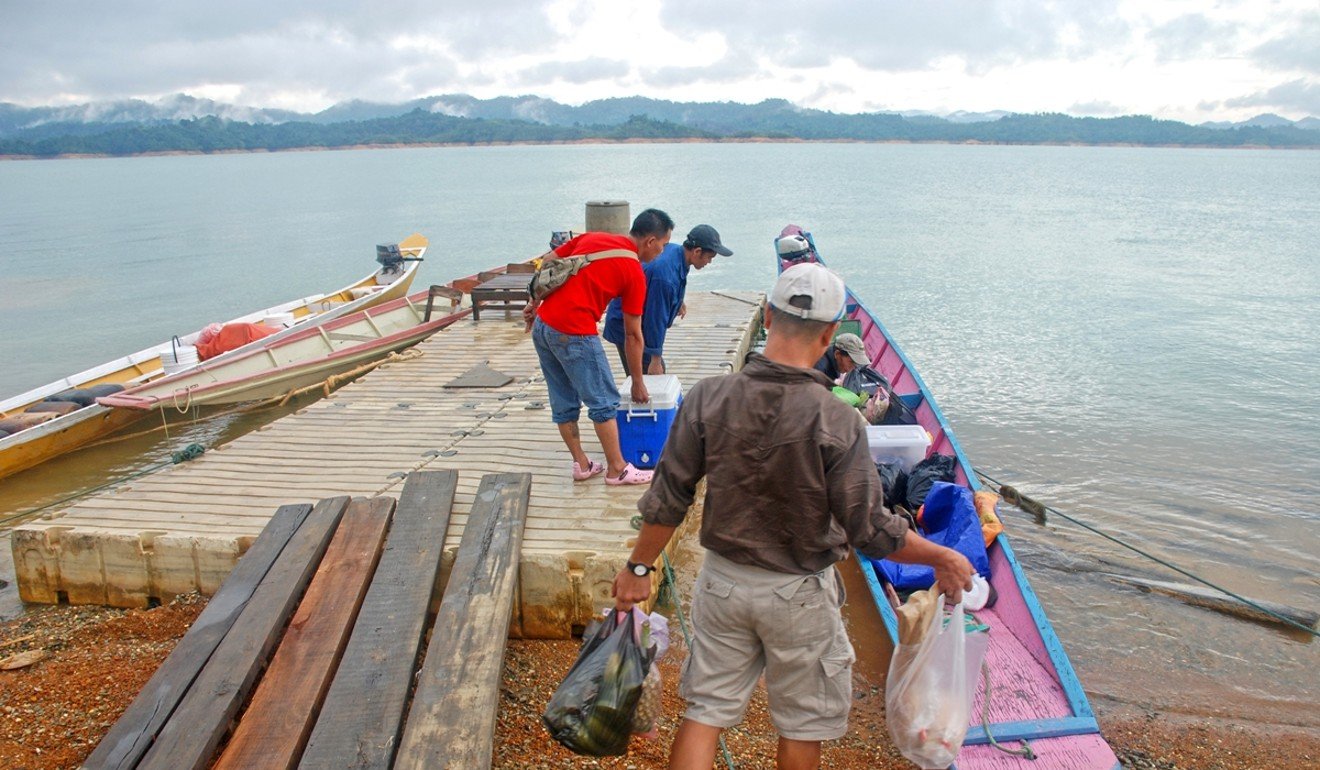
Together with the neighbouring island of Sumatra, Borneo is also the only place where orangutans survive. The chances of sighting one of the shaggy-haired red apes in the wild, though, are becoming increasingly slim. Orangutans are disappearing due to deforestation, palm oil plantations and poaching. The guides estimate some 70,000 to 80,000 currently survive.
Recent findings by UK researchers suggests as many as 100,000 orangutans – considered critically endangered by the International Union for Conservation of Nature – died between 1999 and 2015.

If anyone knows how to spot one, though, it’s the tattoo-covered Iban tribesmen. The tribesmen were once fearsome headhunters, until the ‘White Rajah’ colonial rulers outlawed brutal tribal warfare in the 19th century. Today, this group have turned their talents to tracking the orangutan, the “man of the forest”. They are also master boatmen who know exactly how to read river conditions.
You’ll never guess where Bali’s least popular tourists come from
“I already knew how to handle a boat before I was two,” says one boatman, who goes by the single Iban name Nam. “We learn quickly from our elders.”
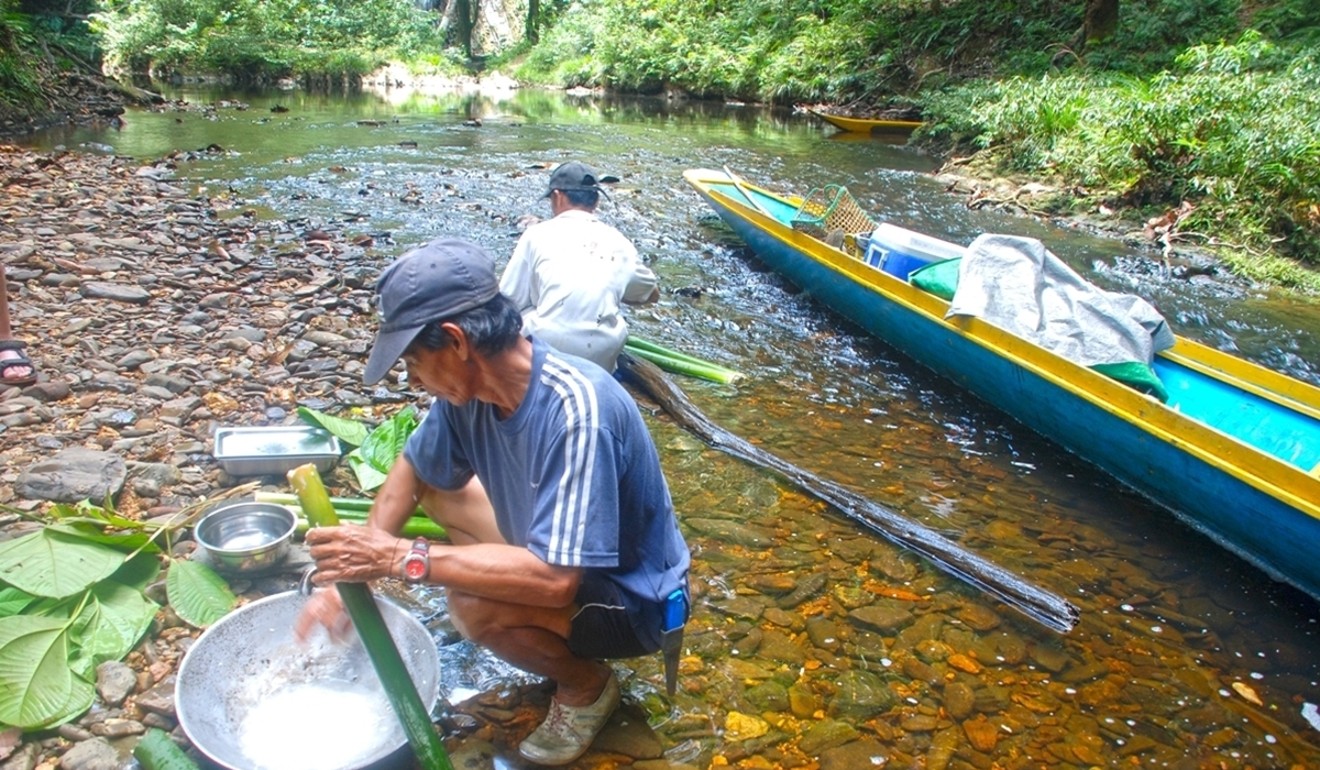
Nam is also an expert forager. After scouting around for edible jungle plants, he barbecues them by the river in hollowed-out bamboo.
Travellers sit low in longboats, with room enough for luggage and rations at the stern.
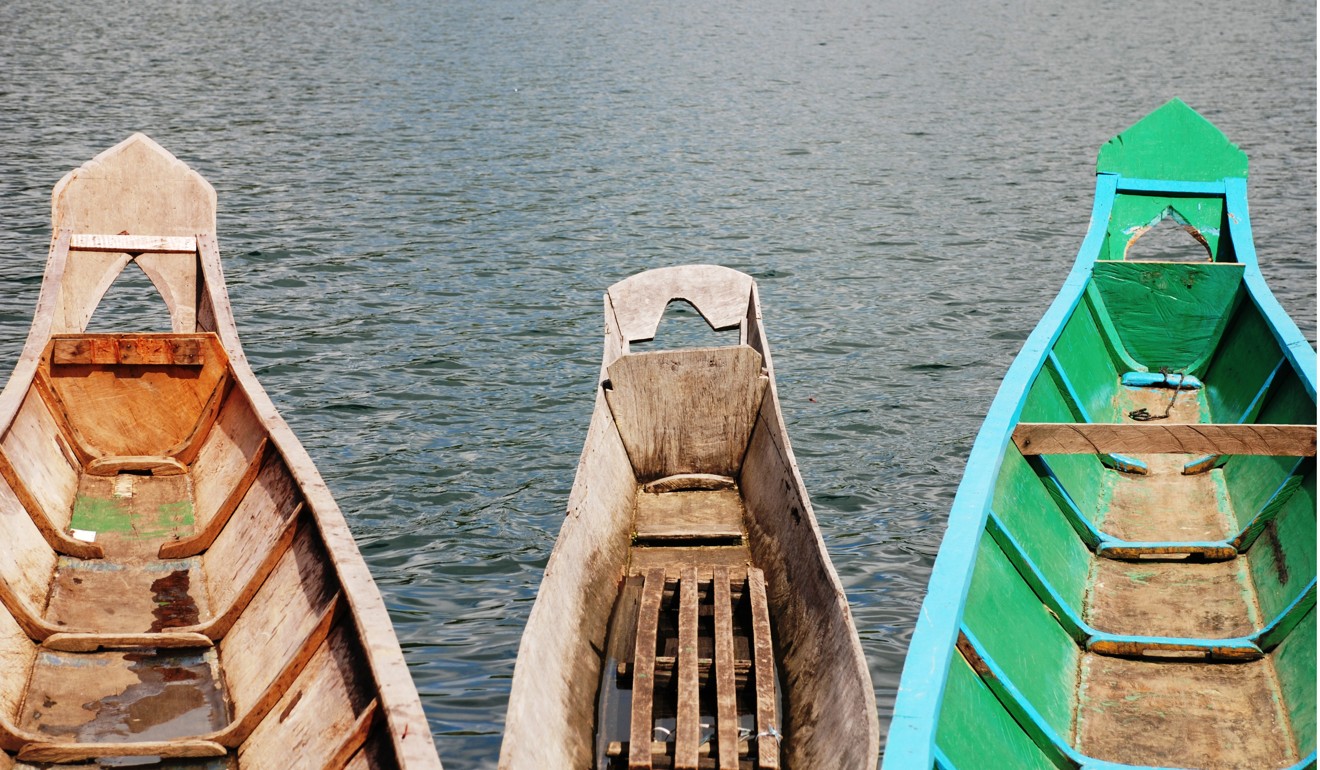
The colourful hand-carved vessels painted bright blue, turquoise, apricot and jade green are moored in front of traditional Iban longhouses all the way along the Batang Ai. The paddles, made from the hardwood belian – Borneo ironwood – are carved with Iban motifs.
The longhouses stretch up to 60 metres (197 feet) long and can house up to 20 families living in close-knit communities on the riverbanks.

On a visit to a longhouse, visitors may be treated to a traditional Iban warrior dance, the ngajat, and copious amounts of tuak, or rice wine.
During the dance, believed to have been performed by victorious returning headhunters, the men leap around wearing headgear made from the tail feathers of the hornbill, the tribe’s symbolic messenger of the spirits. Women wear an elaborate silver jewelled headdress, and an intricately woven tunic with a marik empang beaded collar.

2. The Rejang River Sarawak by Express Boat
Be prepared for an adventure if you make a trip up the mighty Rejang River, Malaysia’s longest at 563km (350 miles).
“The only way of journeying up the river is by relying on a mix of the public express boats and longboat hire,” says Ling How Kang from Greatown Travel in Sibu, Sarawak.
From the city, which sits at the yawning confluence of the Rejang and Igan Rivers, public boats follow the Rejang for much of its course, from the mangrove-lined delta to its mountainous source.
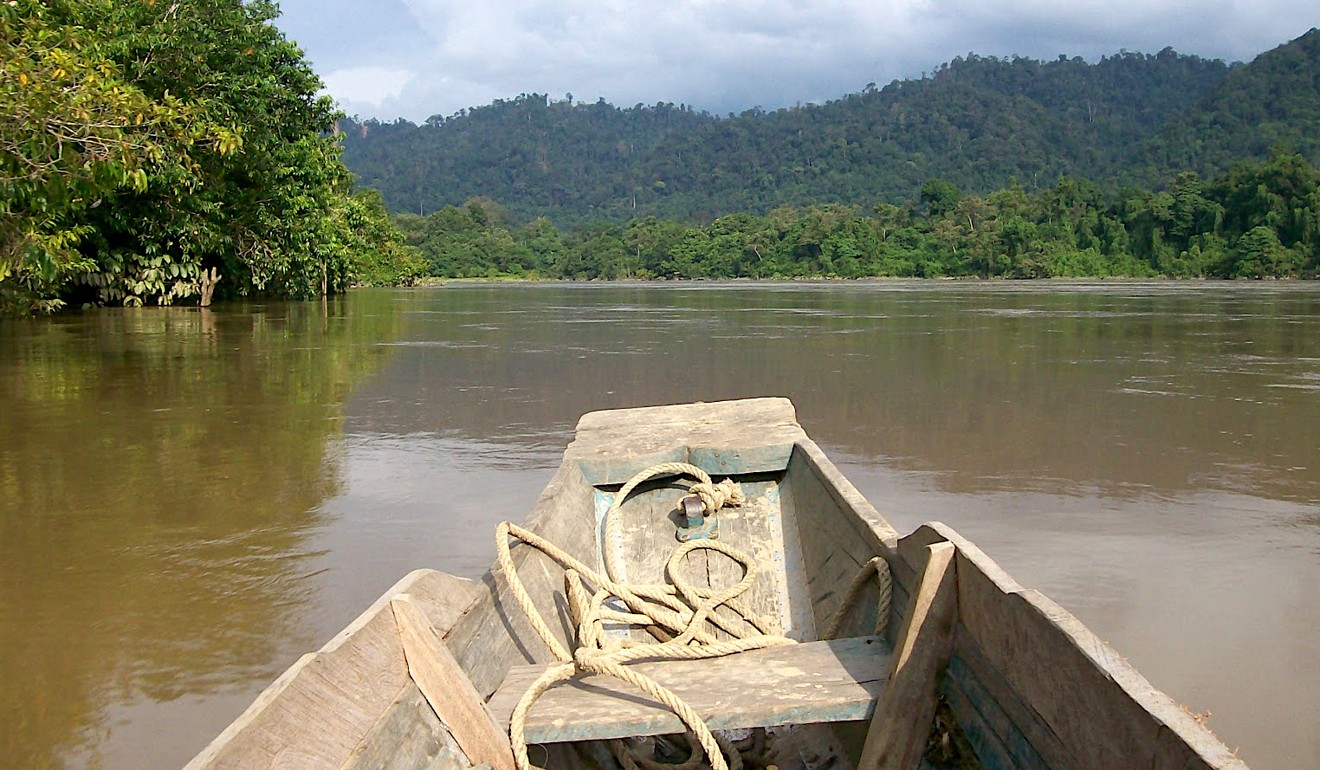
“Until the advent of express boats, it took nearly a day on a lumbering wooden cargo boat [to reach upriver Kapit],” Ling says. Today the 100 nautical miles from Sibu’s Express Ferry Terminal to Kapit takes two-and-a-half hours.
It is on the following leg, between Kapit and Belaga, that you will encounter the lushest tropical scenery, densely forested hills and river journey thrills as the speedboats navigate the swift currents and narrow straits of the five-kilometre-long Pelagus Rapids in Pelagus National Park.
3. Bako National Park, Sarawak
From Kampung Bako village, about 37 kilometres from the Sarawak capital, Kuching, speedboats throttle down the Sungai Tabo river towards the South China Sea until they reach Bako National Park. En route to the park, full of mangroves and peat swamps, guides point out crocodiles, sea eagles and other shore birds.
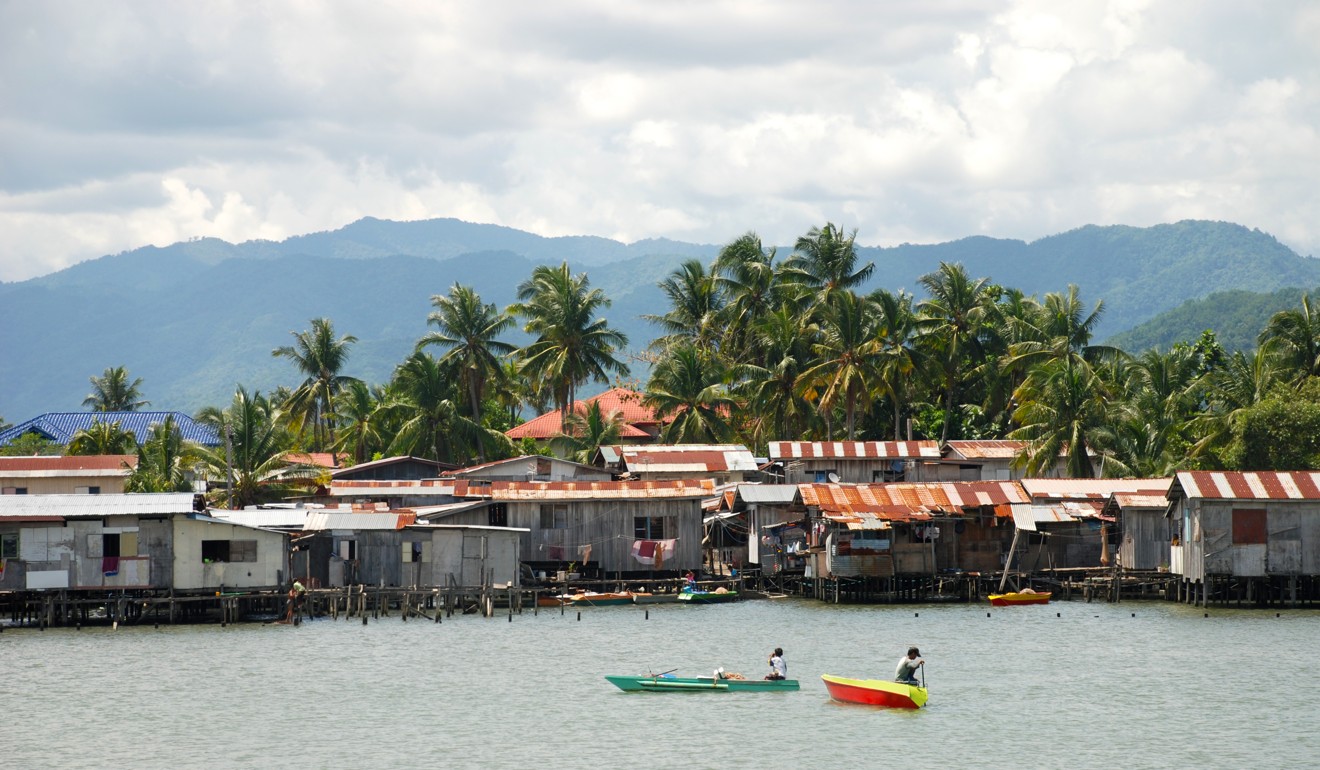
Bako National Park is a haven for the pendulous-nosed proboscis monkey. “The park supports a healthy population, about 150, of the rare creatures, and they are easy to see here, even if painfully shy,” says nature guide Dean Jais. “Other possible sightings are the sweet silver leaf monkeys, wild boars and monitor lizards.”

4. Kinabatangan Sabah Wildlife Safari
The 40-minute speedboat journey to the Sukau Rainforest Lodge starts at the city of Sandakan on Sabah’s northwest coast, and sees you whizzing across the bay before swerving around the serpentine bends of the Kinabatangan River’s widening floodplain.
The boats slow down once you approach the lower Kinabatangan reserve area. Occasionally the driver grinds to a halt as eagle-eyed guides spot crocodiles, orangutans or perhaps a luminous green pit viper.
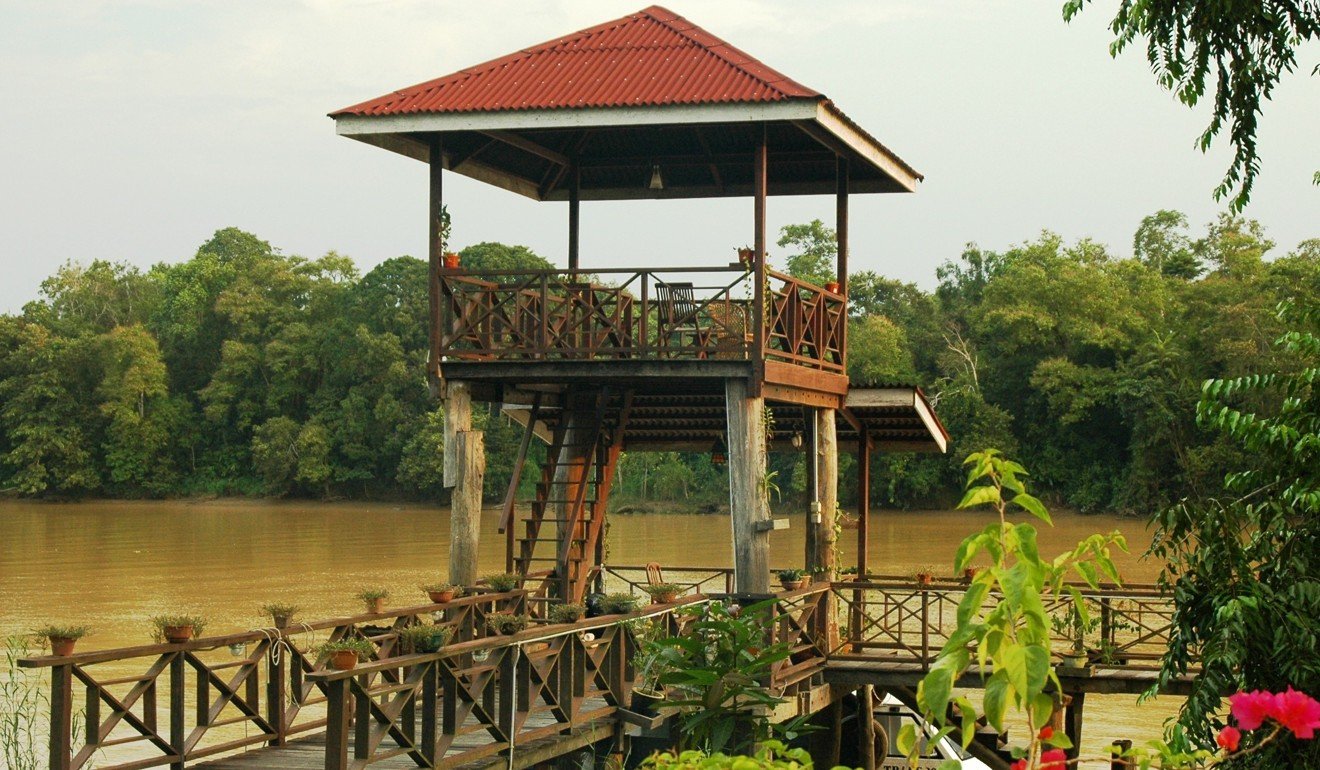
At the lodge, 100 per cent of the water supply is rain-harvested, cooking oil is recycled to fuel the night lamps and 80 per cent of staff are locals. There are no televisions or radios in the rooms, and the first wildlife safaris of the day set off at 4.30am.
As the electric boat glides silently through pleats of billowing morning mist, you might spot a dozen pot-bellied proboscis monkeys sitting high in the trees, or an orangutan hanging from his perch, fists full of fruit. The U-shaped reservoirs – isolated from the meandering river bends of the river – teem with insect and bird life.
Eastern Europe in August: six crowd-free high-season holiday spots
At 560km, the Kinabatangan is Malaysia’s second longest river. The mangrove and freshwater swamp environments of the Lower Kinabatangan Wildlife Sanctuary are an important habitat for 10 primate species, pygmy elephants, the Sumatran rhinoceros, Wallace’s hawk eagle, kingfishers and Storm’s storks.
5. Ulu Temburong National Park, Brunei
Public express boats head out from Brunei’s capital, Bandar Seri Begawan, among the glittering reflections of golden mosque domes, past the rickety stilted houses of the Kampong Ayer water village, and down the Brunei River into Brunei Bay.
Crammed with people and produce, the boats are heading to Bangar, the main town in the Temburong district. Within the district’s lush rice-growing hills lies Ulu Temburong National Park, the country’s “green jewel” according to Sugu Nair, a veteran guide and manager at local tour company Freme Travel.
Five things to do and see in Vienna, capital of culture
“With its only national park, the tiny oil-rich sultanate is trying to shake off the total oil dependency of the past by banking increasingly on eco-tourism,” Nair says.
The 45-minute journey there is half the fun. The boat navigates wide bays and mangrove forests, then trespasses briefly on Malaysian territory before swinging back into Brunei. The smallest nation on Borneo is split in two by a sliver of Malaysia’s Sarawak state due to a historic land deal.
After a quick transfer to the village of Kampung Batang Duri, local Iban tribesmen navigate the 40 minutes upriver to the park in a longboat.
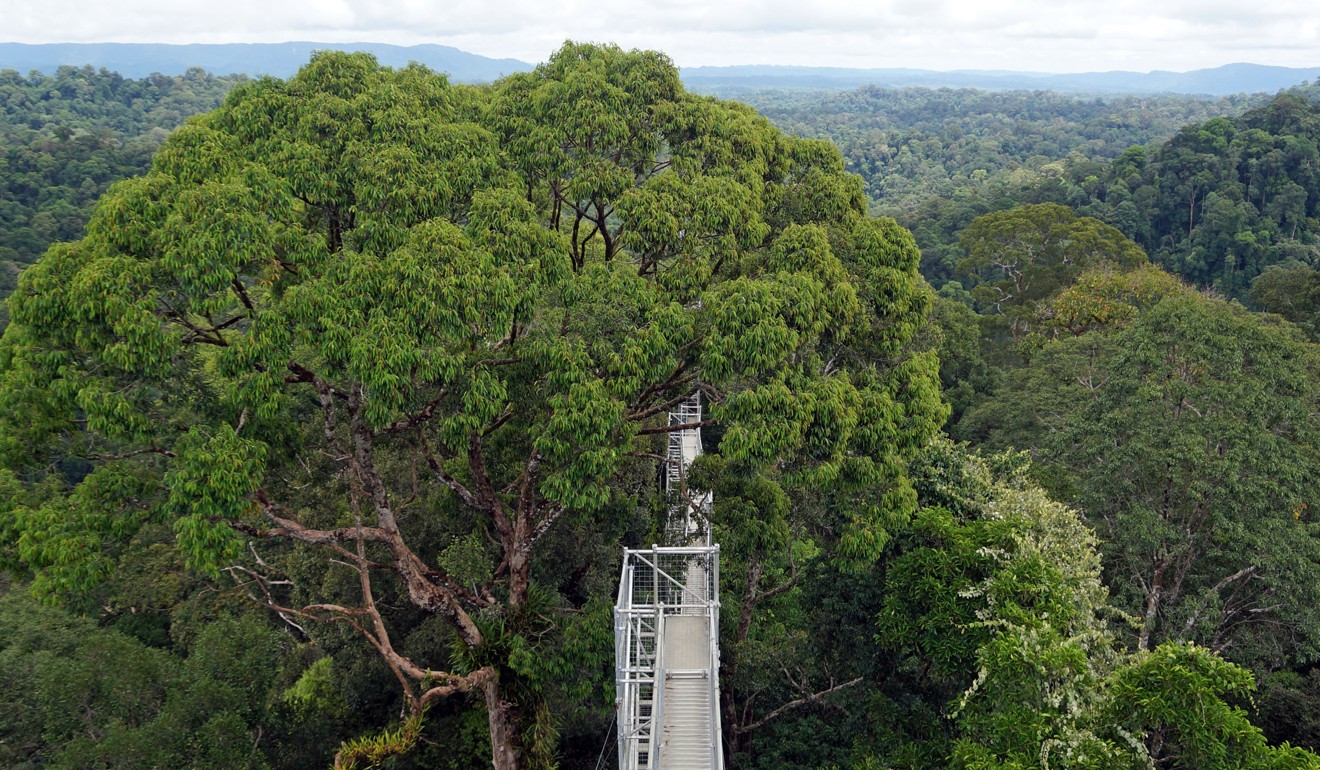
Getting there: Air Asia has direct flights between Hong Kong and Kota Kinabalu in Sabah. Royal Brunei Airlines has direct flights between Hong Kong and Bandar Seri Begawan, Brunei. Royal Brunei Airlines flights connect Kota Kinabalu and Bandar Seri Begawan in 40 minutes.

